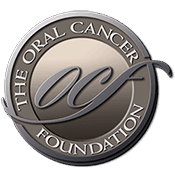Medical group urges new rules on radiation
Source: nytimes.com Author: Walt Bogdanich The leading professional organization dedicated to radiation oncology has called for enhanced safety measures in administering medical radiation, including the establishment of the nation’s first central database for the reporting of errors involving linear accelerators — machines that generate radiation — and CT scanners. The group, the American Society for Radiation Oncology, or Astro, issued a six-point plan on Wednesday that it said would improve safety and quality and reduce the chances of medical errors. Even though the group says serious radiation accidents are rare, it says it will work toward a stronger accreditation program, expanded training, and an enhanced program to ensure that medical technologies from different manufacturers can safely transfer information. Astro will also press for federal legislation to require national standards for radiation therapy treatment teams, along with additional resources for the Radiological Physics Center, a federally financed group that evaluates the safety of treatments. Dr. Anthony L. Zietman, professor of radiation oncology at Harvard Medical School and Astro’s president, said the goal was to “take measures that are currently in existence, recognize them and then work to strengthen them and above all work to reassure patients.” The group said it began a comprehensive review of existing policies last week after two articles in The New York Times reported on the harm that can result when powerful and technologically complex machines go awry and when basic safety procedures are not followed. The articles reported that medical personnel who work with the new [...]
